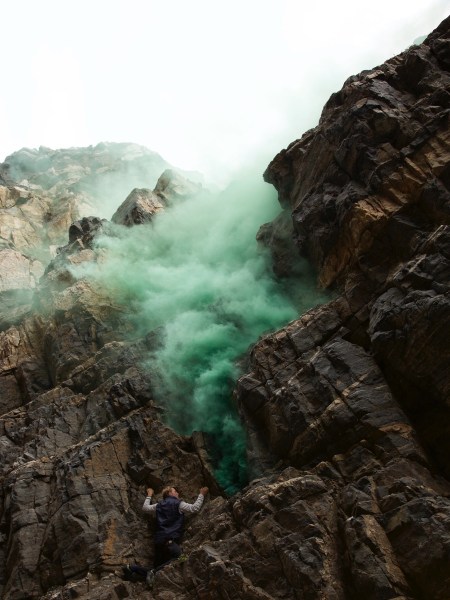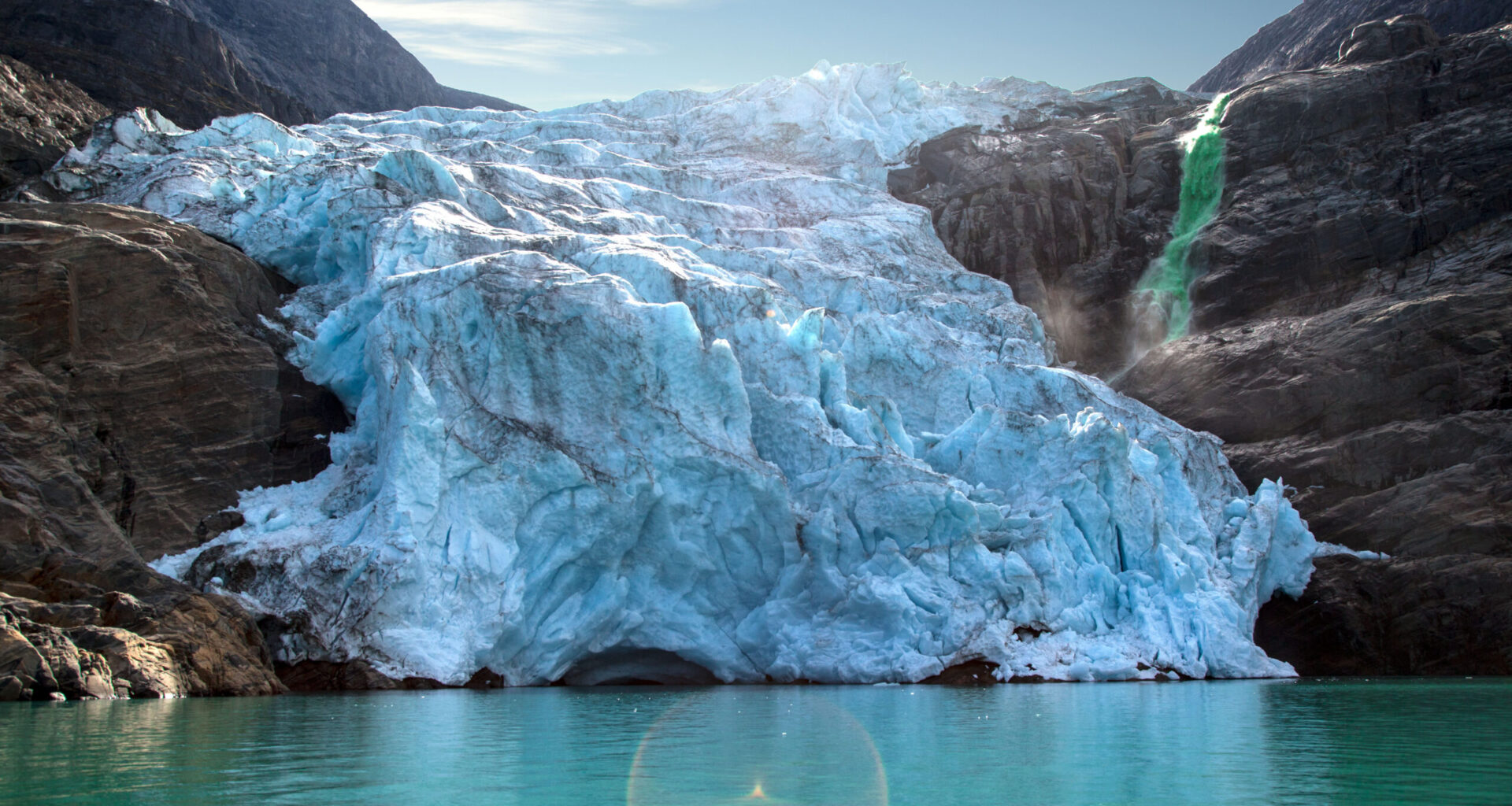Inuk Silis Høegh’s The Green Land will fill you with wonder — and dread
It’s about ten minutes into The Green Land that I get the fear. It’s a curious sensation similar to that moment when you’re staring into the night sky, and the joy and wonder of the stars gives way to something else — an uninvited feeling that creeps in from the margins. It tugs at the corners of the moment, until the cosmic view starts to change focus. Your attention swings unstoppably from the bright sparks of heavenly bodies to the vast, uncaring space that lies between. So much space. Too much. Your mind swims and your smile fades as you feel it arrive: the sudden, ice-cold stab of existential dread.
Artificially vivid
The Green Land isn’t about outer space, but the way it portrays our Earth — and Greenland, specifically — evokes a similar feeling. It’s a half-hour film by Inuk Silis Høegh, comprising lingering shots of landscapes and scenes in nature that crossfade slowly into each other. We ease through a series of widescreen vistas, empty plains, and extreme close-ups, from tangled, intertwining roots, to rocky slopes, and vast, ice-capped mountain ranges. The clouds churn and the sun and moon circle overhead as each shot bleeds into another. Achingly slowly, the implacable peaks give way to patches of eerie wilderness, then a screen full of quietly crackling ice.
“The Sauron’s-eye of capitalism has settled on Greenland, igniting the long-simmering debate about mineral reserves.”
Like many of these shots, the ice is beautiful at first. But as the time lapses, a trickle of green liquid enters the screen. It seems odd and interesting, until it becomes sinister, and then alarming. What is it? A natural phenomenon — a flow of algae, perhaps? No. The colour is too vivid, artificially so. The liquid progresses over everything, finding cracks and spaces to drip and flow into, until it dominates the screen. The ice pops, clicks, and crumbles, until the invasive green has eaten away everything like acid, leaving a horrifying stream of polluted water in its wake.
Discomfiting noise
This jarring, nauseating effect is accentuated by Jacob Kirkegaard’s robust soundtrack, which captures the minute sonic details of what’s unfolding before our eyes. Every close-up movement seems to have an accompanying sound or ambience, at times tickling the brain like the crinkle or whisper of an ASMR video. But when the camera pulls out wide, we hear squalls of discomfiting noise that make the ground shake, and much like the arrival of that insidious green liquid, we feel that something is very, very wrong.


It’s left to the viewer to intuit what, exactly, that might be. But when a line of green fire sidles over a field, or a plume of green smoke pours into the sky, the theme seems clear. In one memorable tableau, large squares of turf appear dotted across a barren hillside. It’s a curious sight — maybe an attempt at greening the landscape, or an ecological initiative of some kind. But the sound informs us otherwise, delivering another punch of atonal wrongness. The mysterious intervention starts to seem invasive, once again — just more human interference in a place that desires none.
Left in the ground
As Pari Stave’s curatorial text underlines, the work also has a political dimension. As Greenland’s vast icecap deteriorates, untouched land is revealed — with all the rare metals, oil, and gas that it contains. This being the case, the Sauron’s-eye of capitalism has settled firmly on Greenland in recent years, igniting a long-simmering debate about mineral reserves. Who do they belong to? Who should they belong to? And ultimately, will they be extracted, or left in the ground?
The ensuing conversation — both public, and political — has proven divisive. In fact, The Green Land was inspired partly by the Greenlandic government’s 2013 lift on uranium mining — a disturbing harbinger of what could come. The debate will continue to rage, but this work makes a contribution that only art can. It goes beyond written or spoken words, beyond all the weighing of perspectives, the politicking, and the parsing of arm-twisting arguments. It goes straight to the heart, and the gut, and in its potent mixture of wonder and dread, there’s truth to be found.
The Green Land is on view at the National Gallery of Iceland until September 21.
